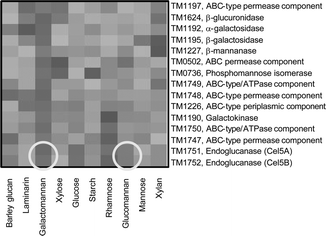Strategic biocatalysis with hyperthermophilic enzymes
Abstract
With the advent of genome sequence information, in addition to capabilities for cloning and expressing genes of interest in foreign hosts, a wide range of hyperthermophilic enzymes have become accessible for potential applications for biocatalytic processes. Not only can these enzymes be useful for strategic opportunities at high temperatures, but there may also be advantages that derive from their relatively low activity at suboptimal temperatures. Examples of several possible ways in which hyperthermophilic enzymes could be used are presented, including cases where they could serve as environmentally benign alternatives in existing industrial processes.


 Please wait while we load your content...
Please wait while we load your content...